Posters
The preferred medium for advertising, it appeared in the form we know today around 1850, with the famous illustrator Toulouse-Lautrec giving it its letters of nobility.
With the Industrial Revolution and the multiplication of new products resulting from technical progress, such as the bicycle or the nascent automobile, the use of posters developed considerably. Companies promoted the benefits and usefulness of their products through these media, which covered all large spaces.
It was during this period that the poster, benefiting from the progress of lithographic printing techniques (a flat printing method), became the leading medium.
During the “Trente Glorieuses”, the increase in income and purchasing power led to a sharp rise in household consumption. The car industry invested heavily in promoting its models.
In the 1980s, photography became an important part of advertising. The “glued” poster gradually disappeared from the urban landscape in favour of the “scrolling” poster, integrated into electronic media that scroll over one to five images according to the time slots for exposure of the programmed message.
The conservation of posters depends strongly on the quality of the paper used, but also on the original packaging. The posters have often been folded or rolled; they need to be stored flat in drawers adapted to large format documents.
They have sometimes been fixed on rigid bases, and restoration becomes inevitable, as the glues used and the quality of the support greatly increase the deterioration process. One solution is to cover them with linen or cotton, materials that are particularly stable chemically, which consolidate the document and considerably reduce the risks of alteration due to poor handling.



